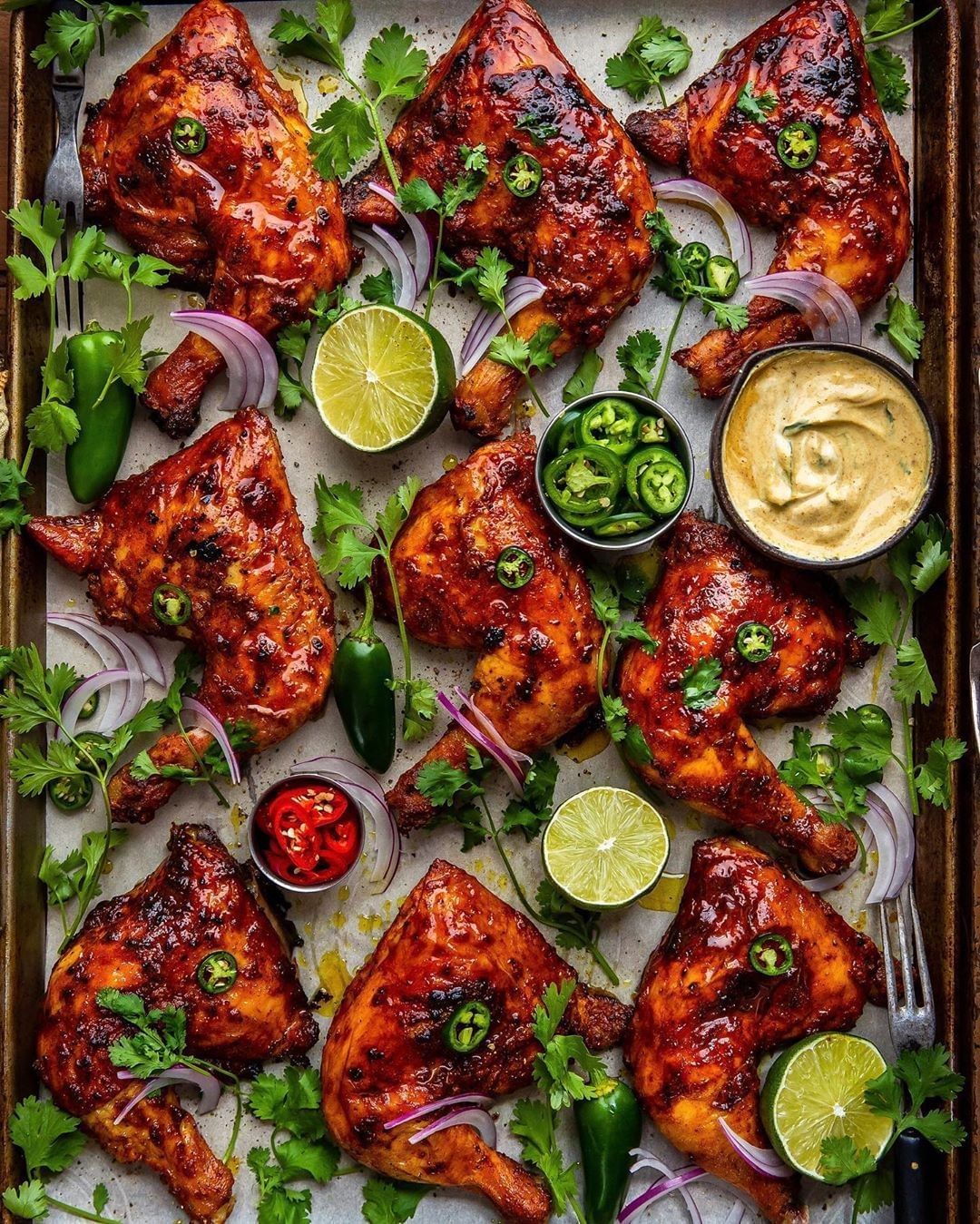Delicious Tuna Pesto Pasta Recipe – Easy and Flavorful Dinner Option
TUNA PESTO PASTA
⠀⠀⠀⠀⠀⠀⠀⠀⠀
Also a good example that even when you ensure portions of pasta are moderate, these types of dishes can become energy dense quite quickly, mostly due to portion size of pasta but also the sauces added.
⠀⠀⠀⠀⠀⠀⠀⠀⠀
To cut a few calories from this dish you could sub the pesto for a tomato based sauce or halve the pasta and add zoodles (if you’re using spaghetti). But I love pesto, and I don’t have pasta based meals often so I enjoyed it like this ?
⠀⠀⠀⠀⠀⠀⠀⠀⠀
The reason I infrequently have pasta based meals is NOT because I think pasta is bad but because getting a balance of non starchy veg, protein and carbs is more challenging. Same as such as risotto or meals made primarily with noodles (i.e. Pad Thai).
⠀⠀⠀⠀⠀⠀⠀⠀⠀
To make the pesto (I used about 1/3 of this recipe for 1 serve)
• 1 cup fresh basil leaves, packed
• 1/4 cup freshly grated Parmesan cheese • 1/4 cup extra virgin olive oil
• 1/6 cup pine nuts (can sub chopped walnuts)
• 2 small garlic cloves, minced (about 1.5 tsps)
• Salt and pepper to taste
The Low-Calorie Foods You Should Include in Your Diet
When it comes to maintaining a healthy diet, one of the most important things to consider is the number of calories in the foods you consume. By focusing on low-calorie options, you can support weight management and overall wellness. In this article, we’ll explore some popular low-calorie foods and discuss their benefits.
1. Leafy Greens
Leafy greens like spinach, kale, and Swiss chard are excellent choices for those looking to lower their calorie intake. These vegetables are packed with essential nutrients, including vitamins A, C, and K, as well as iron and fiber. For example, one cup of raw spinach contains only 7 calories, making it an ideal option for salads or smoothies.
2. Lean Protein Sources
Choosing lean protein sources like chicken breast, turkey, and tofu can also help you maintain a low-calorie diet. These foods are not only rich in protein, which is essential for muscle growth and repair, but they also contain fewer calories compared to higher-fat cuts of meat. For example, a 3-ounce serving of skinless, boneless chicken breast contains approximately 165 calories.
3. Berries
Berries such as strawberries, blueberries, and raspberries are not only delicious but also low in calories. These fruits are packed with antioxidants, vitamins, and fiber, making them a great choice for satisfying your sweet tooth without consuming excessive calories. For example, one cup of strawberries contains only 49 calories.
4. Cruciferous Vegetables
Cruciferous vegetables like broccoli, cauliflower, and Brussels sprouts are low in calories and high in nutrients. These vegetables are rich in fiber, vitamins, and minerals, and have been linked to various health benefits, including reduced inflammation and improved digestion. For example, one cup of chopped cauliflower contains just 25 calories.
5. Whole Grains
Opting for whole grains like quinoa, brown rice, and oats can provide you with a good source of complex carbohydrates and essential nutrients. These grains are higher in fiber and protein compared to refined grains, making them a filling and low-calorie option for your meals. For example, one cup of cooked quinoa contains approximately 222 calories.
Incorporating these low-calorie foods into your diet can help you manage your weight and support overall health. By focusing on nutrient-dense options, you can enjoy a satisfying and balanced diet without consuming excessive calories. So next time you’re planning your meals, consider adding some of these low-calorie foods to your grocery list.
Source






